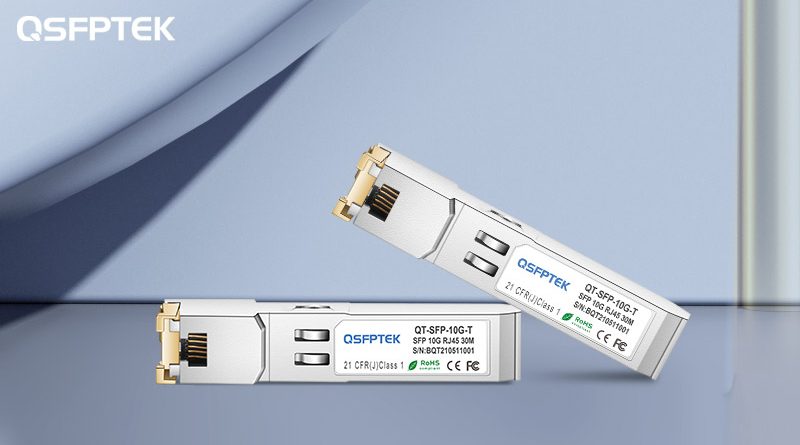How 10GBASE-T Copper Modules are Changing the Game of Networking
The 10GBASE-T copper module is a viable alternative to fiber optics in certain applications. The modules are cost-effective and can be used in short distances, up to 100 meters, while also delivering high speeds.
10GBASE-T is a copper module for 10 Gigabit Ethernet. It is the first generation of 10GBASE-T and it has been used in data centers and enterprise networks.
10GBASE-T is backward compatible with 100BASE-TX, which means that it can be plugged into any 100BASE-TX port. This will give you an instant upgrade to 10Gbps without having to replace your network equipment or rewire your network.
This module is designed for data centers and enterprise networks with high bandwidth requirements like video streaming and virtualization.
The 10GBASE-T copper module is a new technology that is currently in its infancy and has a lot of potential in the future. It enables 10 Gigabit Ethernet over twisted pair cables at distances up to 100 meters, which makes it perfect for data centers, high-performance computing, and enterprise networks.
Introduction to How Copper Modules Work
Copper modules are the basic building blocks of a network. They are used to send and receive information by converting electrical signals into radio frequency signals.
Copper modules work in two ways: they can be used as a repeater or as an access point. When they function as a repeater, they take the signal that has been sent and then regenerates it to extend the range. However, when they function as an access point, they take the signal and then send it out again to other modules on the network.
Copper modules are a type of network cable that can be used to transmit data and voice signals. The copper modules work by converting analog signals into digital ones, which means they can be transmitted over longer distances without losing quality.
The Importance of Higher SPEED Copper Connectivity in today’s Data Centers
The data center is one of the most valuable resources of any organization. The data center houses all of the company’s sensitive information, including customer and employee records, as well as financial records. The data center also houses the company’s servers that are used to run its business operations. If a data center suffers an outage or a power loss, it can have catastrophic consequences for the company.
In order to minimize these risks, companies need to ensure that their data centers are equipped with high-quality network connectivity solutions that will deliver reliable and fast performance even when there is a power loss or an outage.
Modern data centers are becoming more and more reliant on the speed of their copper connections. With the ever-increasing need for faster networks, 10GBASE-T copper modules are becoming the preferred choice for many data center operators.
10GBASE-T copper modules have a much higher maximum throughput than 100Base-TX copper modules. They also have a much lower latency and power consumption than fiber optic cables. This makes them perfect for high bandwidth applications like video streaming, virtualization, and big data analytics.
Conclusion
The future of copper networks is vastly improved by the introduction of copper cables. These cables are able to transmit data at high speeds and over long distances. They are also cheaper than previous generations of copper cables and able to handle more tech data. Copper networks will still be in use for a long time, but the 10GBASE-T optical module will be the new standard for data transmission.
10GBASE-T is the latest standard for Ethernet and it has a significant advantage over its predecessors. This is because of its ability to use all available bandwidth. If you want to know more about 10GBASE-T copper modules, please contact QSFPTEK via sales@qsfptek.com, we can provide high-quality and low-price copper modules.

